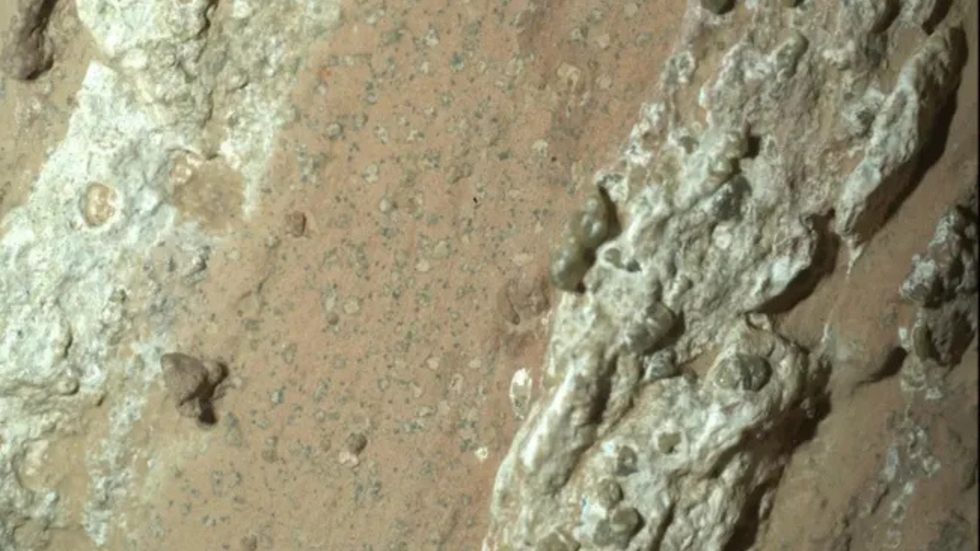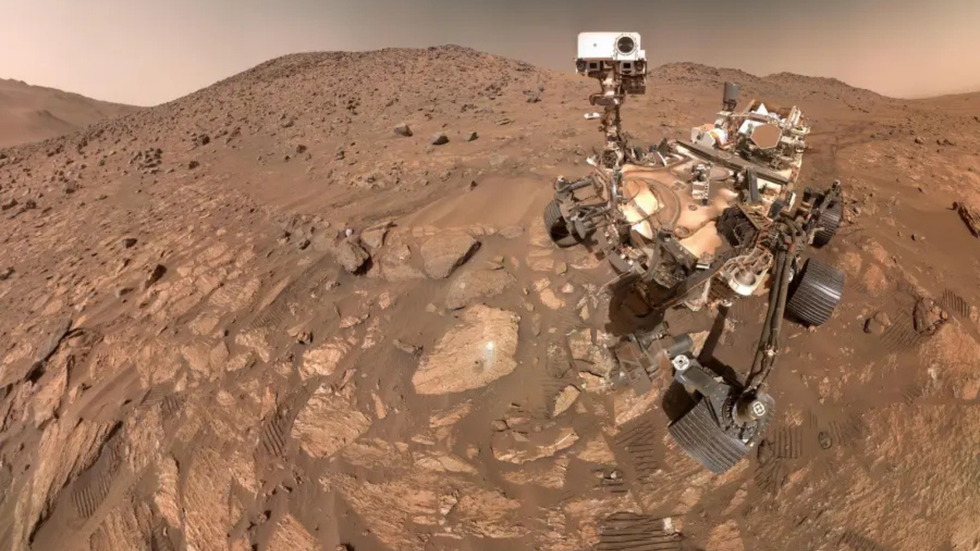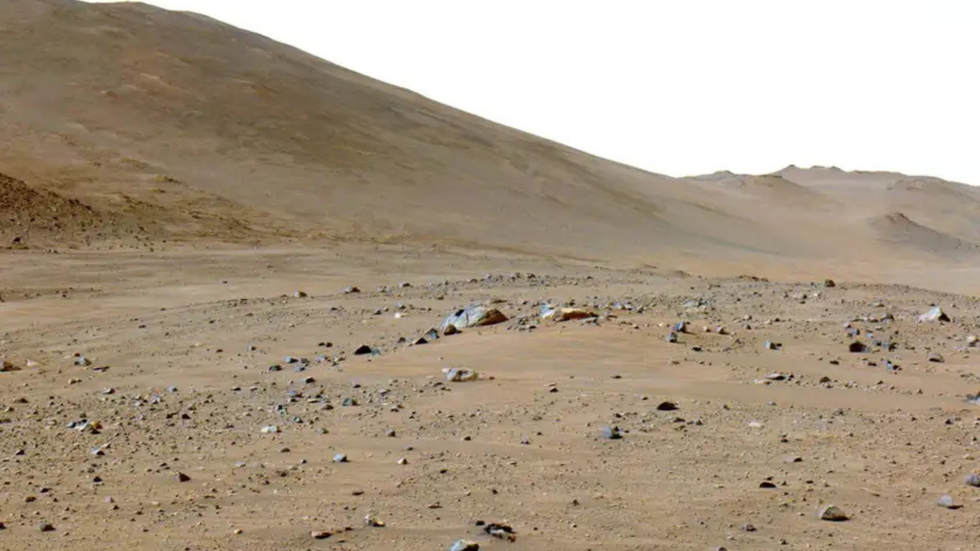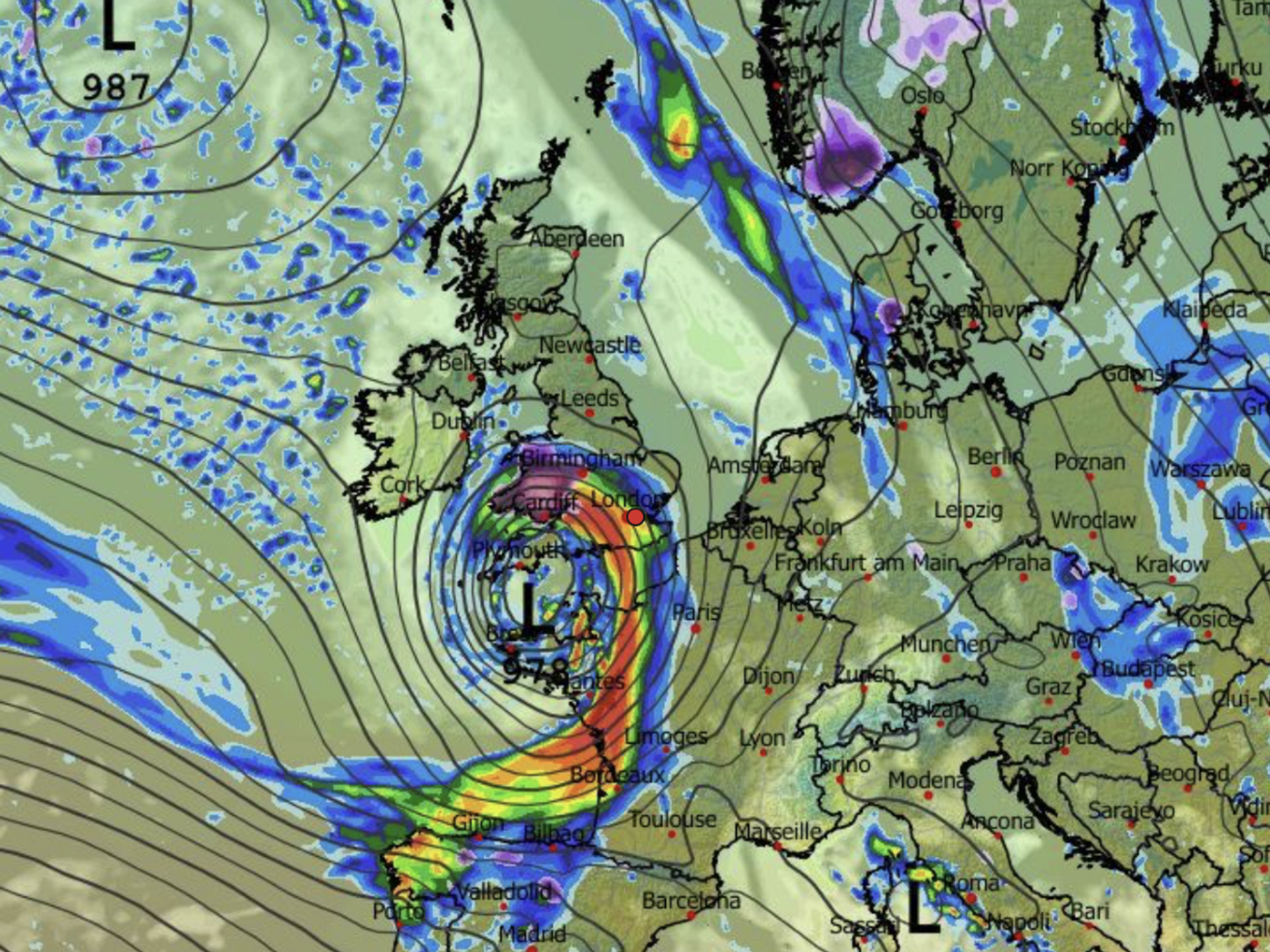Nasa rover makes 'shiny' new discovery in search for life - 'The metal detector has gone off!'
The leader of the study said the discovery is unlike 'anything we've seen in 20-25 years' of studying Mars
Don't Miss
Most Read
Latest
Scientists have been left stunned after Nasa’s rover on Mars uncovered mysterious markings rich in chemicals key for life to exist.
NASA’s Perseverance rover made the remarkable discovery after exploring the Neretva Vallis, a river-carved valley that once fed an ancient Martian lake.
In a stretch of ancient mudstone known as the Bright Angel formation, the rover came across an intriguing arrowhead-shaped rock called Cheyava Falls.
The surface of the rock was spotted speckled with black “poppy seeds” and faint “leopard spots".

The rover came across an intriguing arrowhead-shaped rock called Cheyava Falls
|NASA
TRENDING
Stories
Videos
Your Say
However, after scientists examined the unusual markings, they discovered they were packed with organic carbon, iron, phosphorus and sulphur, which are all key chemicals for sustaining life.
The researchers were even more astonished to detect the presence of two rare minerals, vivianite and greigite.
On Earth, both form through redox reactions, which is the same chemical processes behind photosynthesis, respiration and microbial life deep beneath the ocean floor.
The discovery has reignited hopes that Mars may once have harboured the same complex chemistry that made life possible on Earth.
 The Perseverance rover discovered the spots last year | NASA
The Perseverance rover discovered the spots last year | NASAStudy leader Dr Joel Hurowitz told Space.com: "Whatever their origin, this is a very distinct chemistry than anything we've seen in 20-25 years of roving the planet."
The geoscientist from New York's Stony Brook University added the findings may uncover "prebiotically useful chemistry we haven't thought about before".
Redox reactions are particularly intriguing for scientists because they occur extremely slowly in cold conditions, which is present on Mars.
Study co-author Dr Mike Tice said: "All living things need to get energy from their environment.
"Life on Earth figured out how to do that very early by taking advantage of redox reactions."
SPACE - READ THE LATEST:
- Space breakthrough as China trains robot dogs for lunar missions ahead of putting humans on the moon
- Scientists left stunned after Saturn's icy moon reveals 'extraordinary' clues to life
- Russian 'Noah's Ark' satellite carrying 1,500 animals crash-lands on Earth
- Spaceship that 'eats itself' for fuel set to be made in Britain

Nasa's Perseverance rover has been trawling the surface of the Red Planet since February 2021
|NASA
Spotting signs of redox chemistry on Mars fuels the debate that the same processes which power life on Earth could once have helped sustain it on the Red Planet.
Dr Tice said: "Based on what we know of life on Earth as well as some other theoretical factors, we think that life almost anywhere will probably wind up using redox reactions to get energy.
"They basically don't happen at the temperatures that we think these rocks experienced.
"So, the very things that make this particular redox reaction useful to some living organisms are the things that make it useful as potential evidence for life."
University of Arizona astronomer Professor Chris Impey labelled the discovery as "very indirect evidence for life".
He added: "It's not going to convince anyone that there's life on Mars beyond a reasonable doubt, which is at this point where the game is."
Nasa's Perseverance rover has been trawling the surface of the Red Planet since February 2021, when it was launched as part of the Mars 2020 mission.
Our Standards: The GB News Editorial Charter










